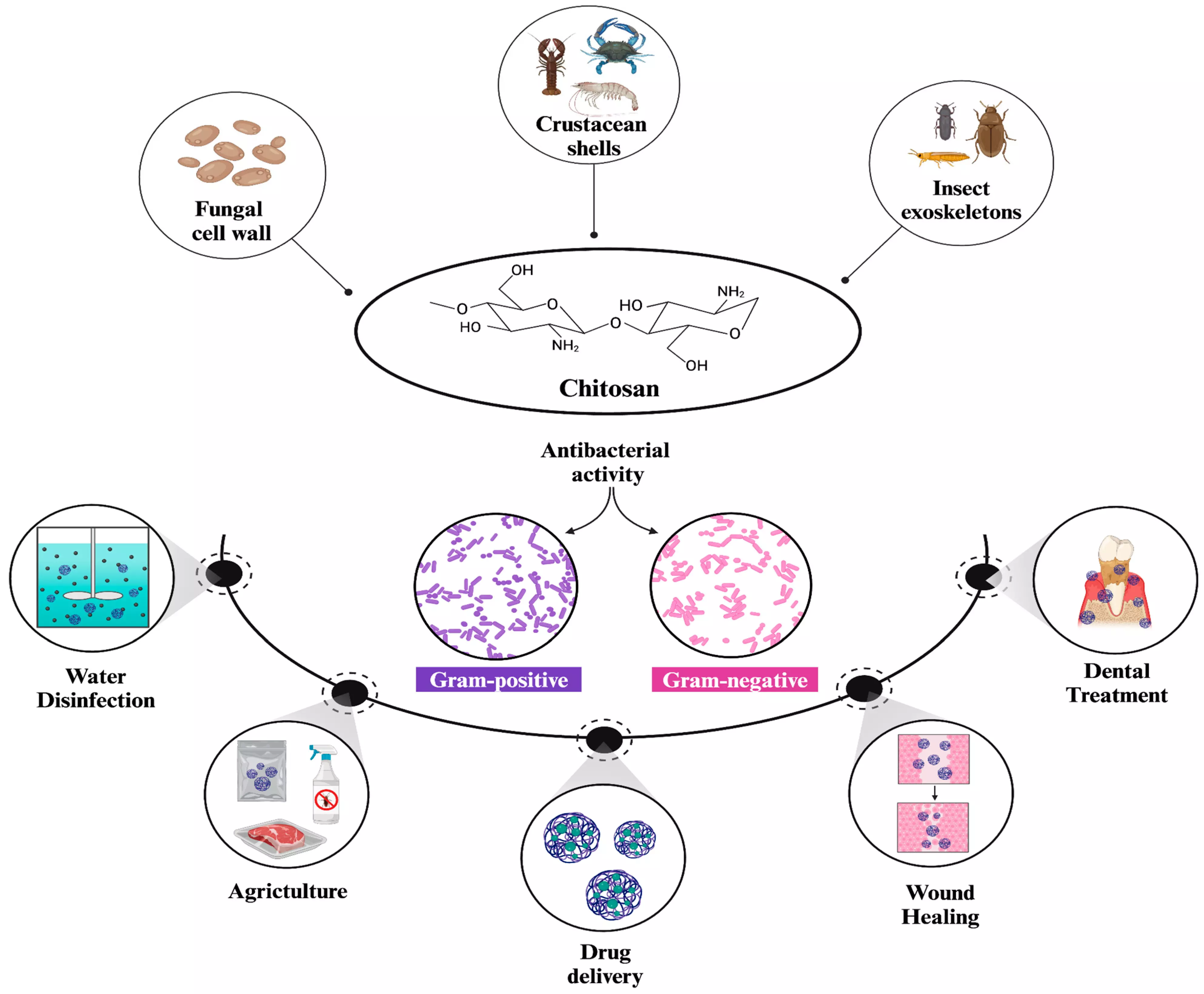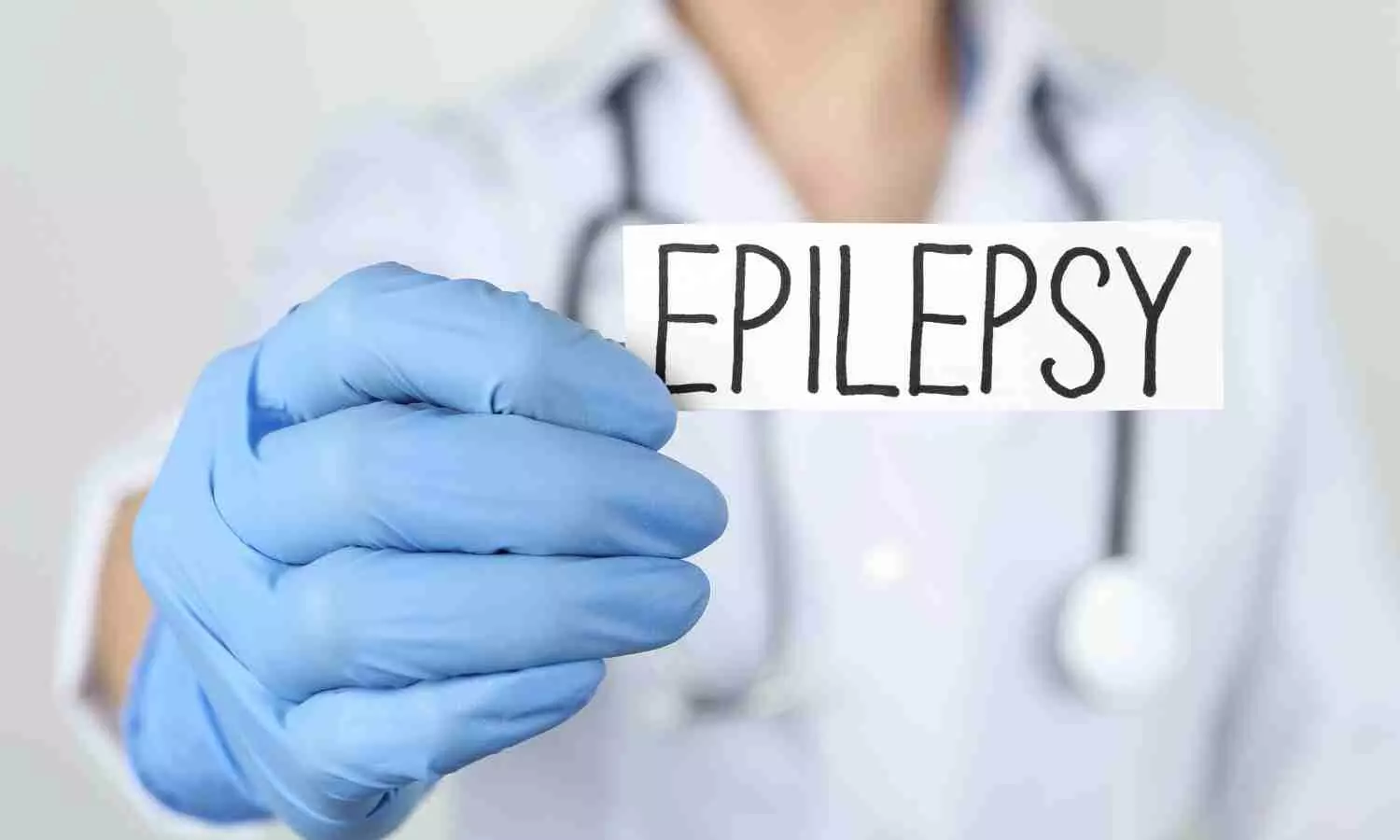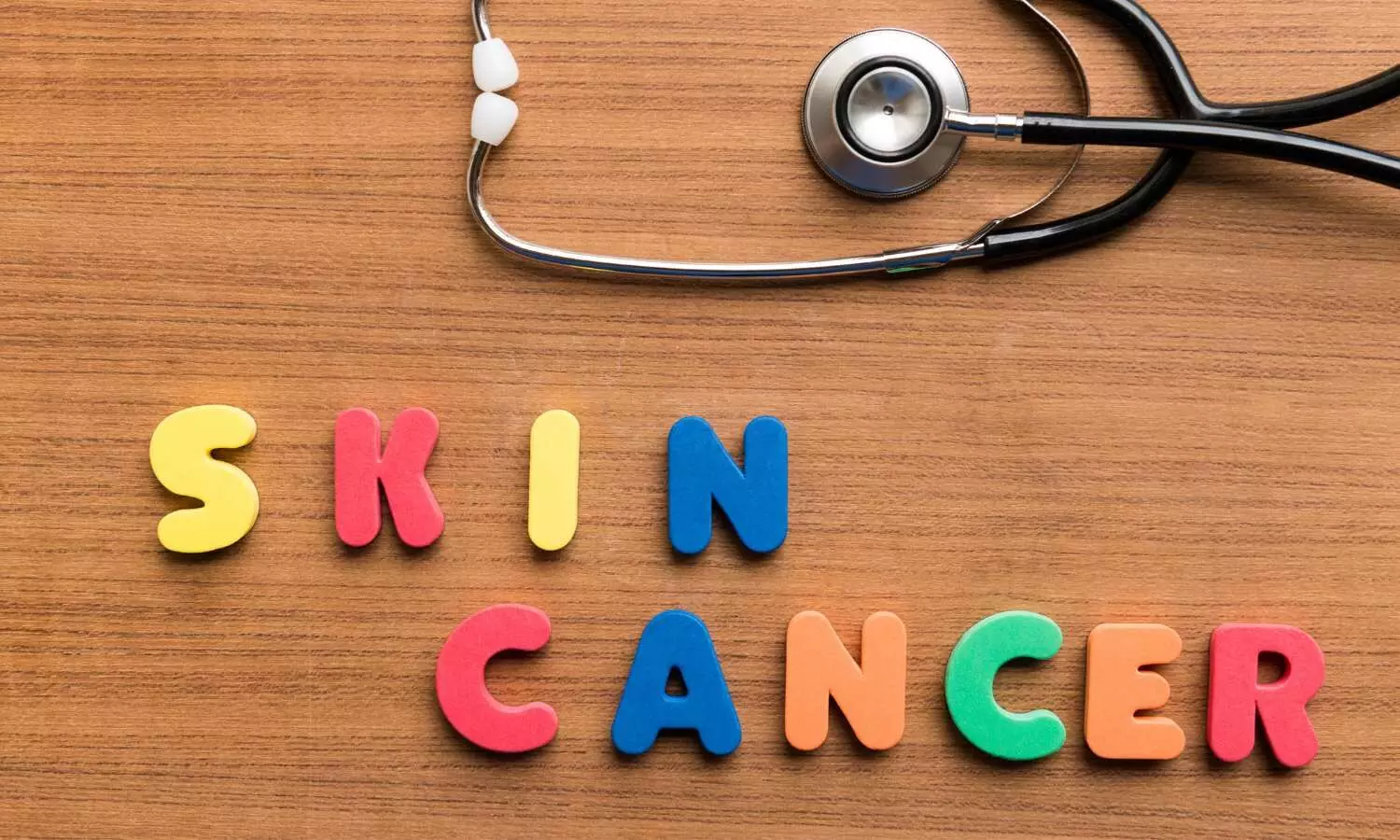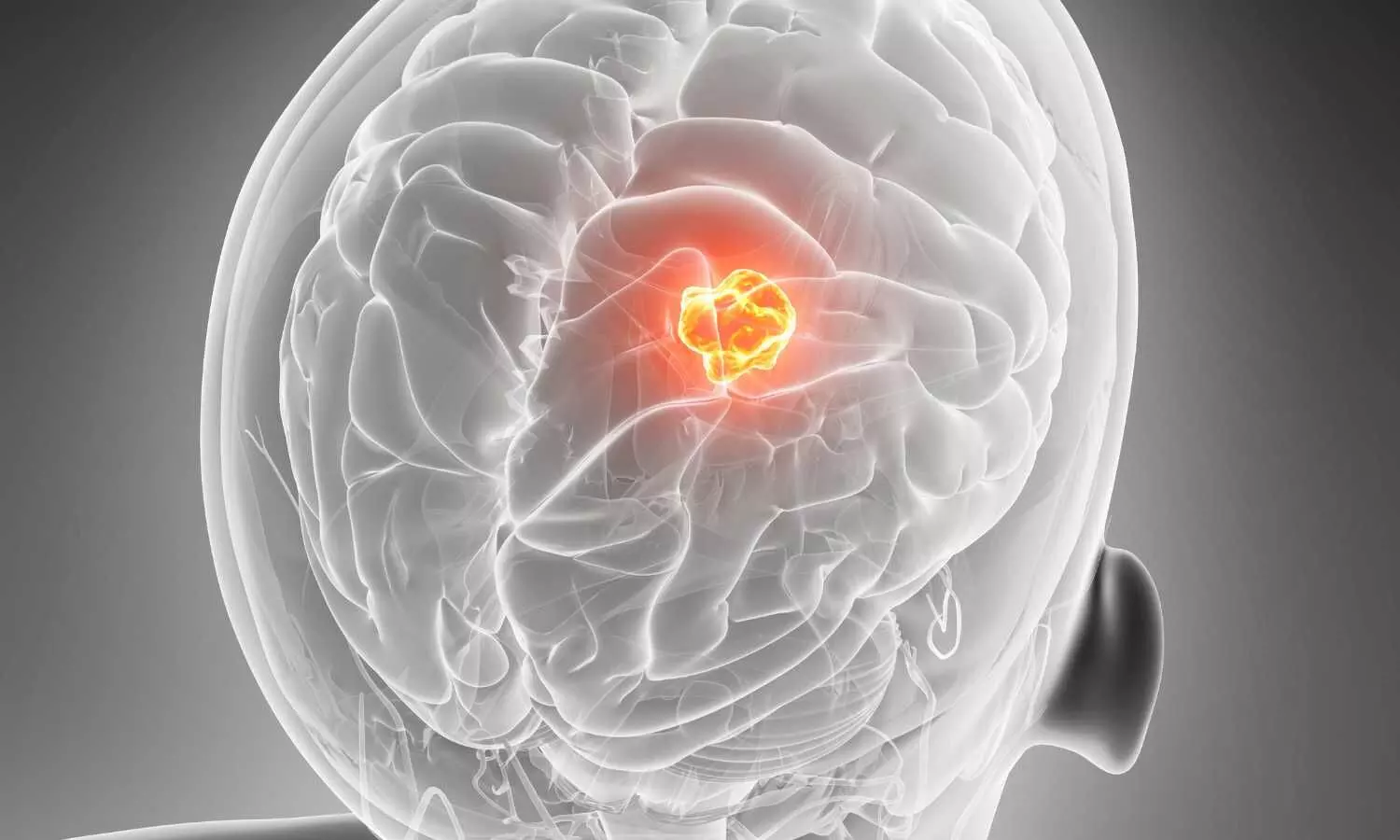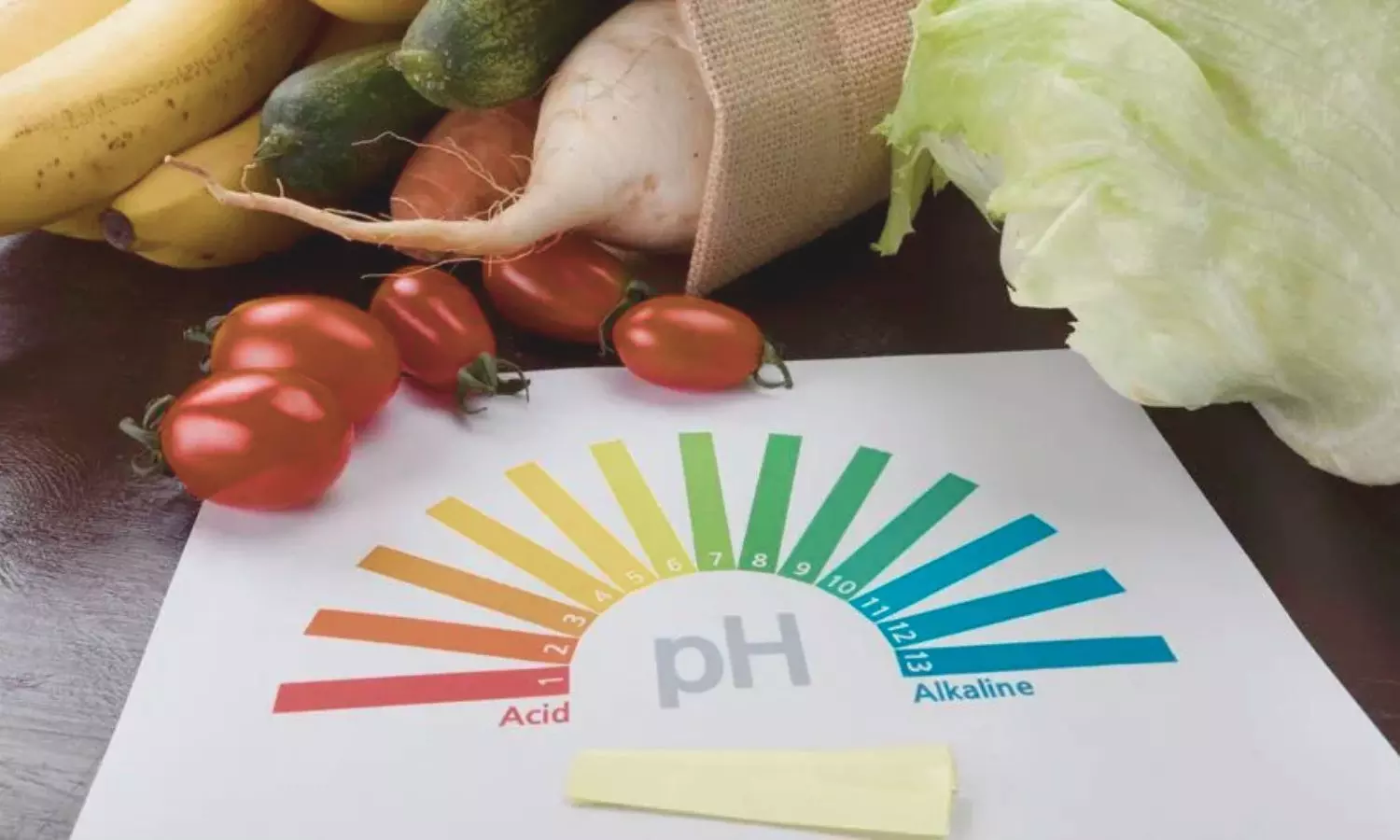Study Evaluates Effectiveness of Virtual Telehealth for Prenatal Care
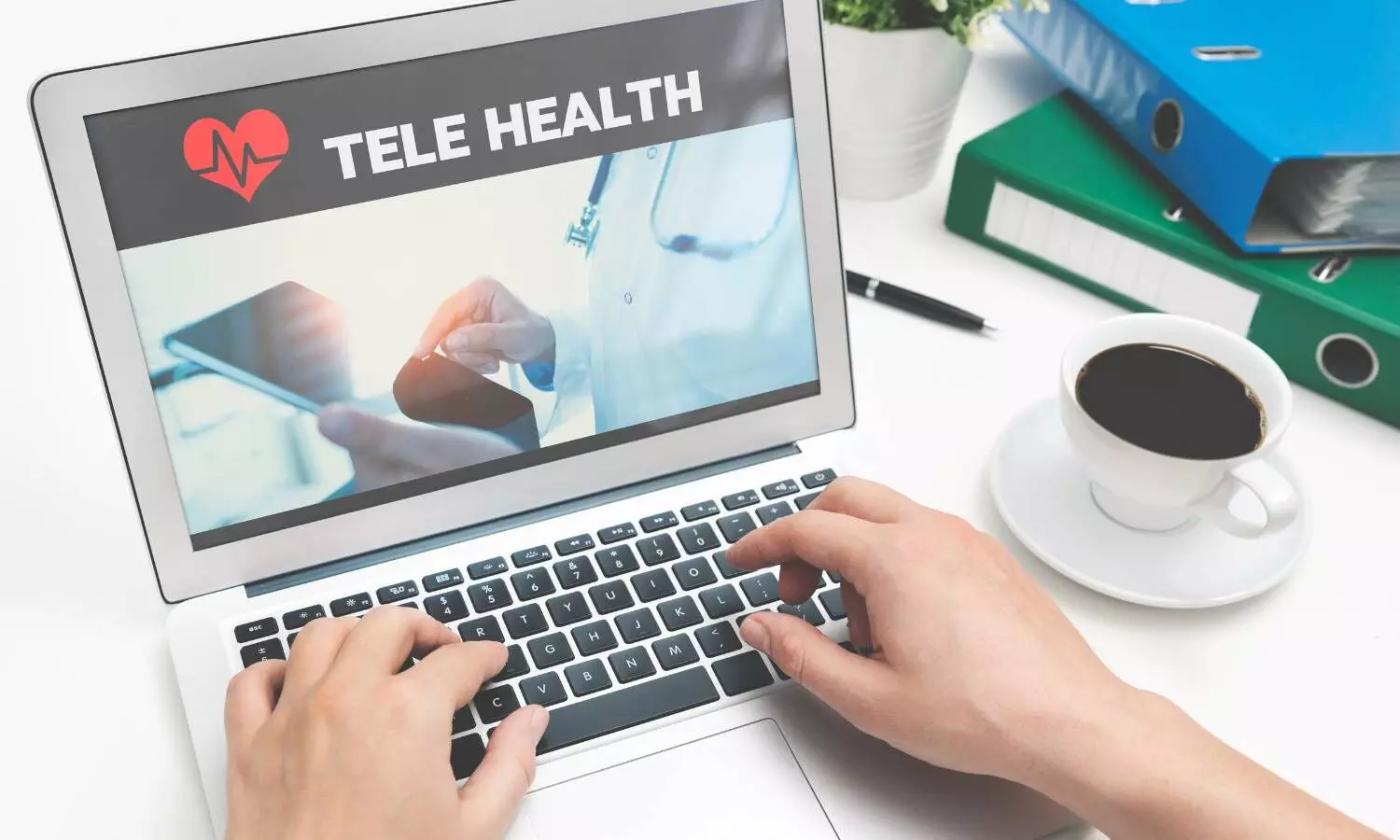
Recent study investigates the implementation of virtual telehealth visits (VV) for prenatal checkups in Japan during the COVID-19 pandemic, analyzing the extent of their utilization, challenges faced, and the feasibility for future incorporation. Japan maintains low maternal and neonatal mortality rates facilitated by standard perinatal check-ups as per the Maternal and Child Health Act. With the pandemic prompting a shift towards telemedicine for prenatal care, despite previous studies indicating that telehealth does not adversely impact perinatal outcomes, Japan’s adoption of VV remains notably low. A nationwide survey was conducted, targeting all delivery facilities registered with the Japanese Association of Obstetricians and Gynecologists. Of the 2,214 facilities surveyed, 49.5% responded, revealing that only 1.6% had adopted VV, with 2.6% planning to. Usual barriers identified included limited human resources, costs, and a perceived lack of demand from patients. Conversely, pregnant women’s responses indicated a significant need for VV; 60.2% expressed anxiety about in-person visits, and 36.6% preferred VV even outside pandemic constraints.
Self-Assessment Viability
The research also included assessments of self-measured health parameters by pregnant women and healthcare provider measurements to evaluate feasibility. Concordance was observed for various metrics, including blood pressure and fundal height, demonstrating the potential viability of self-measurements. However, significant discrepancies were noted in fetal heart rate evaluations, suggesting a need for improved methodologies in this area.
Challenges in Self-Monitoring
Additionally, the study explored challenges in self-monitoring, with a considerable percentage of participants expressing difficulty, particularly in measuring fetal heart rate and fundal height. Despite these perceptions, many self-assessments aligned closely with professional measurements, highlighting discrepancies between perceived and actual assessment accuracy.
Disconnect Between Providers and Patients
The research emphasizes a glaring disconnect between healthcare providers’ acknowledgment of patient demand for VV and the women’s actual preferences for prenatal care delivery, recommending enhanced dialogue among stakeholders. It identifies the essentiality of establishing clear guidelines and robust support mechanisms to facilitate VV’s integration into Japan’s prenatal care landscape.
Future Directions for Telehealth
Overall, while the potential for telehealth in prenatal care is validated, substantial hurdles remain, necessitating targeted efforts to optimize these services moving forward. Given the findings, the study stresses the urgency for constructive engagement between policymakers and healthcare professionals to improve the adoption of VV in prenatal check-ups, accommodating the evident demand among pregnant women.
Key Points
– -Utilization of Virtual Telehealth Visits (VV):- The implementation of virtual prenatal check-ups during the COVID-19 pandemic in Japan was minimal, with only 1.6% of surveyed delivery facilities adopting VV, despite 60.2% of pregnant women showing anxiety about in-person visits and 36.6% preferring VV outside the pandemic.
– -Survey Findings:- A nationwide survey targeting 2,214 delivery facilities yielded a response rate of 49.5%. The main barriers to VV adoption identified by healthcare providers included limited human resources, costs, and a perceived low demand from patients, contrasting with the actual expressed need from pregnant women.
– -Self-Assessment of Health Parameters:- The study evaluated the feasibility of self-measured health parameters among pregnant women, finding concordance with healthcare provider measurements for blood pressure and fundal height, but significant discrepancies in fetal heart rate evaluations, indicating a need for better measurement methods.
– -Challenges in Self-Monitoring:- Participants encountered difficulties in self-monitoring, particularly in measuring fetal heart rate and fundal height. Despite these challenges, many self-assessments closely aligned with professional measurements, showcasing a gap between perceived and actual accuracy in self-monitoring.
– -Provider-Patient Disconnect:- The research highlights a disconnect between healthcare providers’ recognition of patient demand for VV and the actual preferences of pregnant women for prenatal care delivery, calling for improved communication and understanding between healthcare stakeholders.
– -Future Directions for Telehealth:- The findings underscore the potential of telehealth for prenatal care while also recognizing substantial challenges that must be addressed. Urgent engagement between policymakers and healthcare professionals is necessary to enhance VV adoption and meet the evident demand among pregnant women for alternative care options.
Reference –
Mariya Kobayashi et al. (2025). Virtual Telehealth Visits For Prenatal Checkups During The COVID- 19 Pandemic In Japan: A Nationwide Survey And Feasibility Study. *BMC Pregnancy And Childbirth*, 25. https://doi.org/10.1186/s12884-025-07598-w.
Powered by WPeMatico

